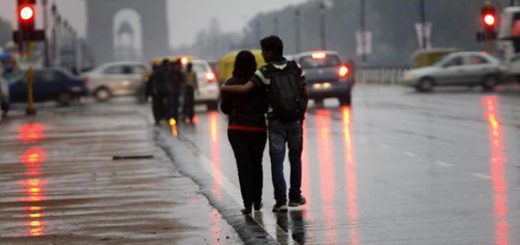Water levels in reservoirs goes down!
Country faces deficit by 3% across reservoirs
By: INN/PIB, Bangalore, @infodeaofficial;
 Be it a human or an animal, the entire universe is reliant on water for survival and it cannot be shorn of. It is a hard fact that humans dominate the earth in the most destructive means and are decidedly responsible for water shortage and other related problems, making livelihood challenging and dejected.
Be it a human or an animal, the entire universe is reliant on water for survival and it cannot be shorn of. It is a hard fact that humans dominate the earth in the most destructive means and are decidedly responsible for water shortage and other related problems, making livelihood challenging and dejected.
The importance of water conservation is not something novel; it has been reported and talked about for years now. It is we who regardless of knowing the consequences and danger in store are lethargic to take any steps or for that matter prevent the environment and water bodies from further destruction.
There are numerous responsible groups and associations like Indian Association of Soil & Water Conservationists who work towards restoring water bodies and it is the responsibility of all like- minded groups to join hands and aggressively take up charge to meet and resolve this key concern.
A recent release from Press Information Bureau (PIB) states that the water storage available in 91 major reservoirs of the country for the week ending on December 14, 2017 was 94.053 BCM which is 58% of total storage capacity of these reservoirs. This percentage was at 61 for the week ending on December 07, 2017. The level of water storage in the week ending on December 14, 2017 was 96% of the storage of corresponding period of last year and 95% of storage of average of last ten years.
The total storage capacity of these 91 reservoirs is 161.993 BCM which is about 63% of the total storage capacity of 257.582 BCM and is estimated to have been created in the country. 37 Reservoirs out of these 91 have hydro power benefit with installed capacity of more than 60 MW.
The northern region includes states of Himachal Pradesh, Punjab and Rajasthan. There are six reservoirs under CWC monitoring having total live storage capacity of 18.01 BCM. The total live storage available in these reservoirs is 10.99 BCM which is 61% of total live storage capacity of these reservoirs. The storage during corresponding period of last year was 53% and average storage of last ten years during corresponding period was 61% of live storage capacity of these reservoirs.
The Eastern region includes states of Jharkhand, Odisha, West Bengal and Tripura have 15 reservoirs under CWC monitoring having total live storage capacity of 18.83 BCM. The total live storage available in these reservoirs is 14.13 BCM which is 75% of total live storage capacity of these reservoirs. The storage during corresponding period of last year was 81% and average storage of last ten years during corresponding period was 69% of live storage capacity of these reservoirs.




